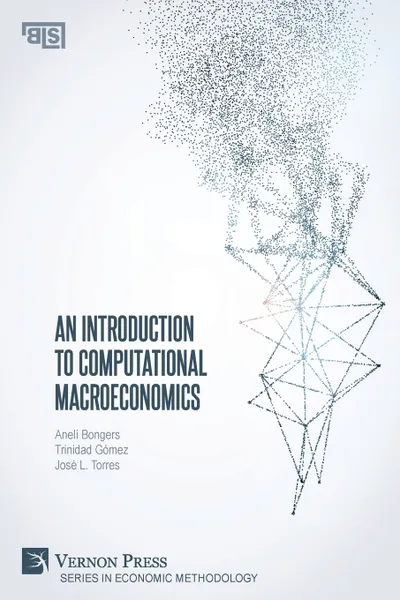An Introduction to Computational Macroeconomics
2020
Переплёт: Мягкая обложка, 320 страниц
Категория: Бизнес образование
ISBN: 9781622739431
📓 This book presents an introduction to computational macroeconomics, using a new approach to the study of dynamic macroeconomic models. It solves a variety of models in discrete time numerically, using a Microsoft Excel spreadsheet as a computer tool. The solved models include dynamic macroeconomic models with rational expectations, both non-microfounded and microfounded, constituting a novel approach that facilitates the learning and use of dynamic general equilibrium models, which have now become the principal tool for macroeconomic analysis. Spreadsheets are widely known and relatively easy to use, meaning that the computer skills needed to work with dynamic general equilibrium models are affordable for undergraduate students in Advanced Macroeconomics courses.
Мнения
